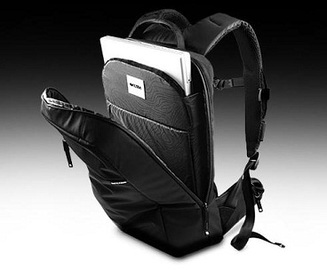Introduction

External USB hard drives are secure, portable, and provide extra space to save documents, pictures, and operate programs from. There are several manufacturers offering different styles, sizes, and options for USB external hard drives. The selection includes 256 megabytes to three terabytes. Some drives stand in a holder while others are free standing. Sizes range from three inches by four inches with an inch thickness to thinner and larger dimensions. Colors are most often black or a dark gray.
Portability may be the best feature of owning an external USB hard drive. The three by four-inch drives could fit in a pocket or at least a pouch. Smaller and lighter than carrying a laptop, take it with you to work. All your files fit perfectly with room to spare. A 3 terabyte USB hard drive provides enough room to load software and files, making it incredibly useful as a portable computer. The operating system is not required; however, you can install photo or word-processing software.
Another option is to use the Usb external hard drive as a portable music player. Copy all your favorite cd's and a media player. Take it work with a set of headphones and plug-in for some private entertainment. Rather than storing your data, photos, movies, music and important information on your computer's hard drive, move it all to the external Usb hard drive.
To set your drive up as a second hard drive or portable drive follow these steps.
Step 1
Power up your computer. Only necessary software should be running. Shut down the excess, like AOL email manager, instant messengers, backup software, etc. Check your firewall software, it could keep you from installing accessories. Check the USB port status to ensure it is approved.
Step 2
Turn off the plug-and-play feature in the earlier versions of Windows (98, XP, & Vista). This feature can interfere with the installation of your external USB hard drive. Windows 7 should have the drivers necessary for the USB drive. However, you can choose to turn of the plug-and-play feature. (See Tips for help with this)
Step 3
Plug the USB cable into the external hard drive, next plug the other end into your computer's USB port. Insert the disk that came with the drive. Follow the on-screen instructions. The auto-run feature will take you through the driver installation steps and may offer you the option of installing bonus software. Encryption and back-up software programs are included with most external USB hard drives.
Step 4
Use the USB external hard drive as a back-up for your computer. This feature will require the drive remain plugged into the computer at the times you set for back-up. Windows and the USB drive include the back-up software. Set up the time and what you wish to back up to your external USB drive.
Step 5
Use your external hard drive as a second drive. Drag and drop all your documents, photos, movies, and music from the C: drive to the E: (an example drive designation). Another choice is compressing the files before saving them to the external USB hard drive with Windows compression utility. This option works for files you do not access frequently.
Tips

To turn off the plug-and-play feature in Windows, open the Control Panel. Select System and Security, next click the Administrative Tools and click Services. Scroll down to Plug and Play, double-click to open the dialogue window, in Windows 98, XP, & Vista, click Stop. Depending on your settings in Windows 7, you may not be able to turn Plug and Play off. When the window pops up showing it is searching for a driver, you will need to let it. After Windows is finished, install the necessary software as described in the steps.